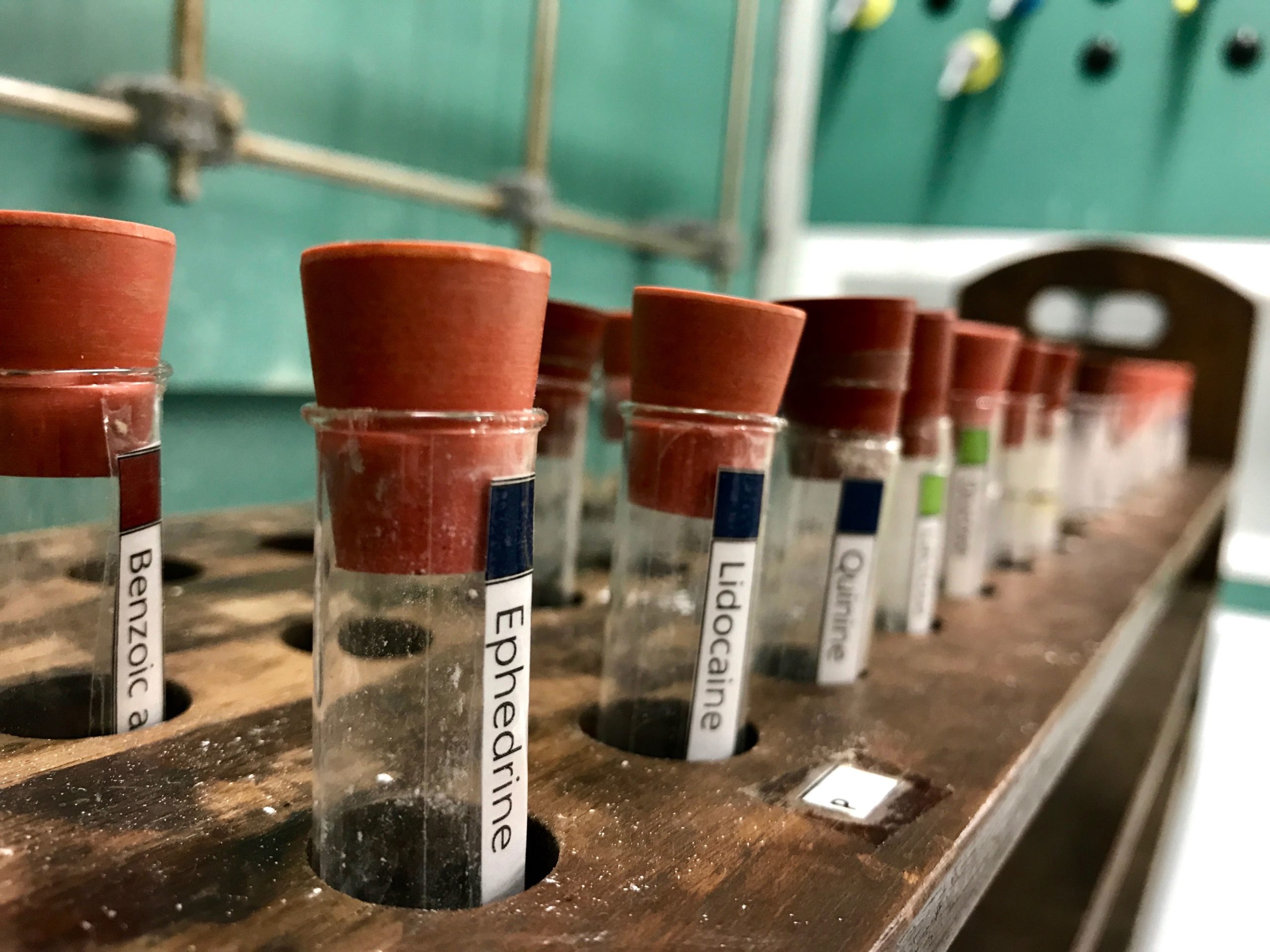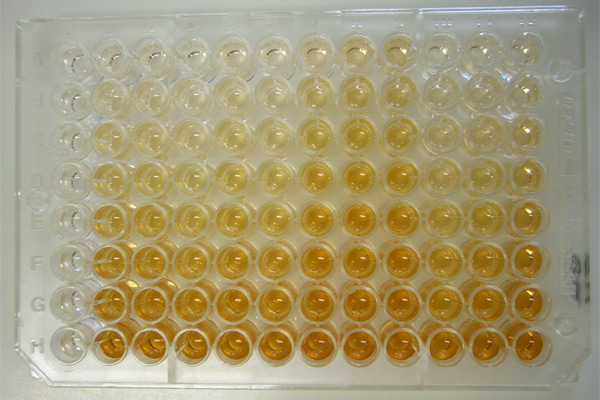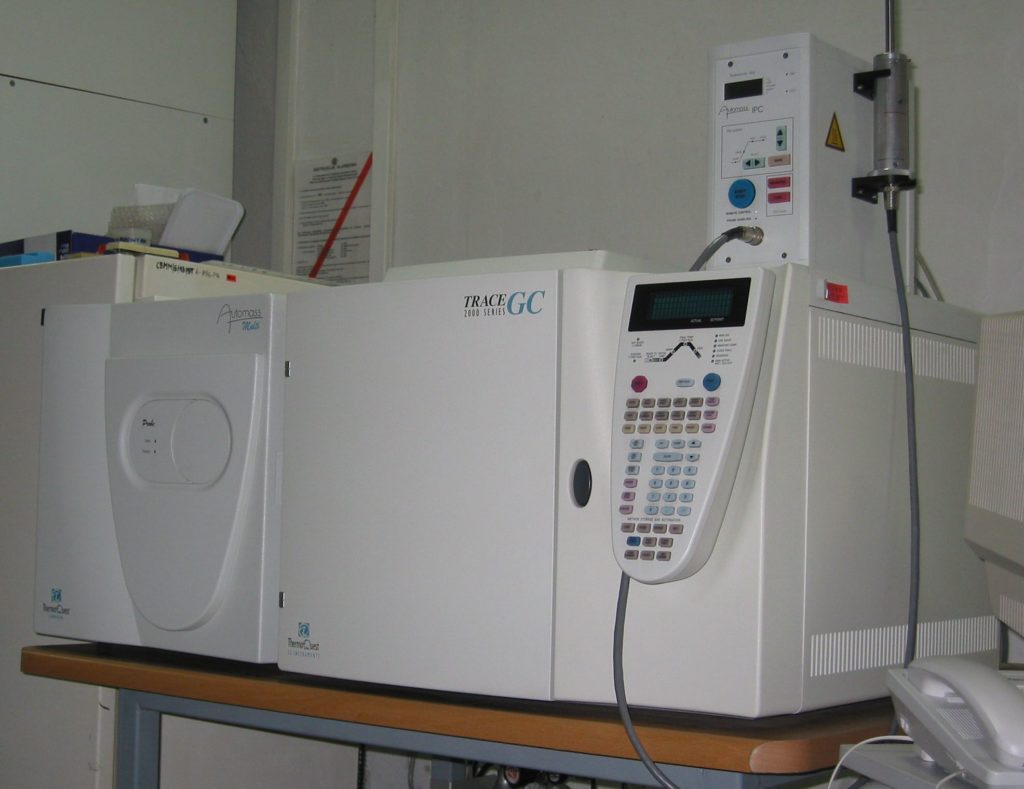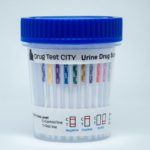
What is the difference between an at home drug test vs. a lab drug test? A lot of customers assume that when a they go to a physical location to take a drug test that it’s more accurate. That’s not always the case, but there are some differences between a home drug test vs. lab drug test.
Home Drug Test vs. Lab Drug Test
Many organizations use home drug testing kits that are CLIA waived because lab costs are so high and so any employee can administer the test. They are relatively accurate and give results within a couple minutes. Usually positive tests are then sealed and sent to a lab for confirmation. Laboratories charge by the drug so it is much cheaper to confirm the presence of 1 drug than it is to test for 12 drugs using complex laboratory equipment.
Other organizations that run a lot of drug tests and have a high rate of failure send all their tests to a lab. Some facilities will even build their own lab. Usually the cost of lab testing is subsidized in some way (either the customer pays for it or insurance pays part of the cost). Medicare and most insurances will only pay for 1 type of drug test per visit so they will not pay for a standard 12 panel drug test and a confirmation.
Home Drug Testing
Drug Testing you do at home will generally use a cup or cassette with different strips for each drug. The strip contains reagents which is the scientific term for compounds that react to metabolites produced by the drug in your body.
When you perform a drug test with a cup like our 12 Panel test cup at home you are testing for a chemical reaction between the reagent on your strips and a known quantity of metabolites in the subject urine. It’s almost like a small science lab in your house!
The biggest difference between a test that is sold to the public is whether or not it is CLIA waived.
CLIA waived means that the FDA has determined that the test is simple and accurate enough to be performed by an untrained person with a simple set of printed instructions.
Drug tests that you can use at home are considered qualitative and presumptive, meaning that they cannot tell you exactly how much drugs are present in the sample and that a positive result means that the donor likely used drugs recently.
Lab Drug Testing
Drug testing at a lab can be accomplished a number of different ways. In some cases a lab may used the same type of reagents that are used in home drug tests to do testing. They may or may not use CLIA waived tests because their technicians are likely certified in forensic drug test analysis.
Usually it is assumed that if someone sends a sample to be tested at a lab that they will at the very minimum use a presumptive drug testing method that is interpreted with the use of an instrument. This usually means they are using a drug test much like ours that is inserted into a machine that reads the results. This step takes out human error and subjectivity.
The primary reason to send a sample to a lab is to get a confirmation that uses imunoassay, mass spectrometry or chromatography. Some of these instrument chemistry analyzers are capable of detailing the quantity of metabolite in the sample. You can make deductions with this information (such as the subject is a light user or the subject had not used that day).
Imunoassay
Immunoassay is basically the same method used by a home drug test. A reagent that binds to the analyte is mixed with the sample and the contents are measured. A home drug test has the reagents configured in a manner that is easy to use and it’s calibrated to variables determined at the time of manufacture.
An immunoassay run in a lab can be much more detailed. The sample can have its components separated to make the reagents bind to the analytes easier. The reagents can be added multiple times to make sure nothing is missed. Each test is calibrated at the time of testing to a control solution to account for variables.

In the home drug test the reagent uses a control and detection line as a signal. In a lab performed immunoassay the signal can be a number of things. The most common is linking a chemical that changes color when the reaction takes place. Other more accurate tests use radio isotopes that can be measured precisely with additional instrumentation.
Chromatography & Mass Spectrometry
With mass spectrometry a sample is bombarded with electrons which separate the sample into ionized fragments. The components sometimes separate, but even if they do not they can still be measured by an instrument capable of detecting charged particles. The instrument cycles through an intensity spectrum which correlates to mass; the results are recorded on a graph and correlated to known masses of molecules that are being detected.
Chromatography makes use of a fluid to separate a substance into its components. Various constituents travel through the liquid at different speeds causing them to separate. This is called the mobile phase of chromatography. A structure or chemical is used to stop the component particles in a stationary position. Chromatography got its name from the different colors created by the constituent particles of plants.

The most definitive laboratory test for drug testing uses a combination of gas chromatography with mass spectrometry to first separate and then accurately measure the metabolites present in a sample. By combining gas chromatography with mass spectrometry a lab technician can get a definitive measurement on the quantity of metabolites in a sample. While this testing is more accurate, it’s also very costly especially if testing for multiple drugs. Most confirmations a lab will only test for drugs that were indicated positive by presumptive testing.
How Long Does it Take for a Urine Panel to Come Back?
Urine drug tests can be completed by a laboratory very quickly. Generally turnaround times for urine screens is 1-5 business days. Negative screens are faster because a positive screen is generally confirmed.
Are Lab Tests More accurate?
Lab urine tests are generally considered more accurate than instant drug screens, however instant drug screens are up to 99% accurate. Lab tests are quantitative, meaning that they provide the quantity of drugs in a sample. Urine tests can sometimes report samples that are slightly below the cutoff as positive, so you may fail an instant test and pass a lab test.
Laboratory drug tests are admissible, and ultimately more defensible in court. They are also much more expensive than instant drug tests. There are several factors to consider when choosing between a laboratory or an instant drug test.
Which is Better?
The bottom line is that testing done with experienced technicians using expensive equipment in a controlled laboratory is more accurate. You just need to make sure than when you pay hundreds of dollars for complex testing using expensive tools that that’s the kind of testing you’re getting.
The accuracy of a CLIA waived test cup is so good though that the added cost isn’t justified in most cases. When it comes to a home drug test vs. a lab drug test, in most cases a home drug test is the right tool for the job. Laboratory drug tests are always available though if you need a confirmation, need the presence of drugs quantified or need the most accurate option. The cost of most drug tests is so little that they make a great option for a transport container, so even if you opt to have all drug tests sent to a lab you could have an immediate presumptive result with a drug test cup.
For most uses a home drug test is the best option considering price, accuracy, purpose and immediacy.

